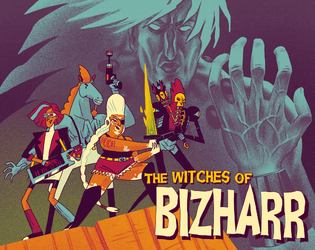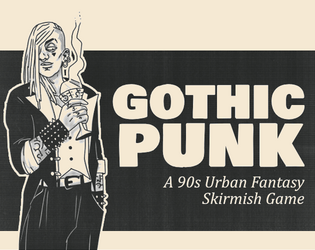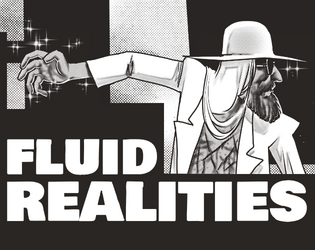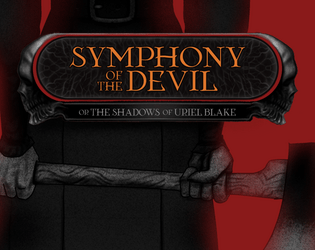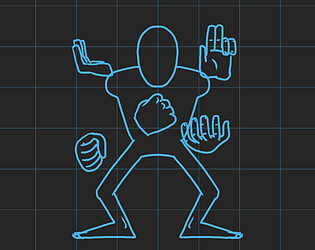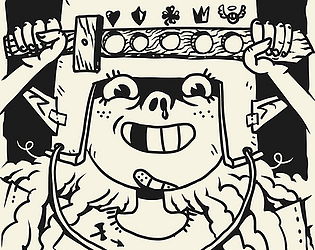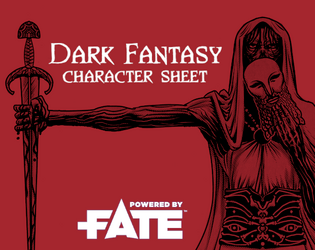Bacana. Sim, eu conheço o conceito de Hit Protection dos Odd-likes, embora não tenha lido ainda o Mythic Bastionland. A questão é que em jogos "medievais" geralmente se pode adquirir armaduras. O que achei estranho é que a única menção a isso é no poder Armadura de Sangue. Se um personagem usar uma armadura de placas completa, isso não faz diferença nenhuma para a absorção de dano/aumento da fome? Não pode usar um escudo para se proteger de um ataque?
Interessante isso dos playtestes. De qualquer forma, acho que a possibilidade de perder o personagem em qualquer rolagem do Dado da Besta soa meio demais pros meus critérios. Cada vez que você rola o dado tem 16,66% de chance de perder o personagem apenas por azar e não por alguma circunstância dramática da história. Se eu chegar a mestrar, acho que vou alterar um pouco a tabela pra se adequar ao meu estilo de jogo. Provavelmente criar uma regra alternativa onde a perda do personagem está ligada ao aumento da fome mínima, assim um vampiro que tenha sucumbido mais vezes à Besta tem maior chance de se perder.


